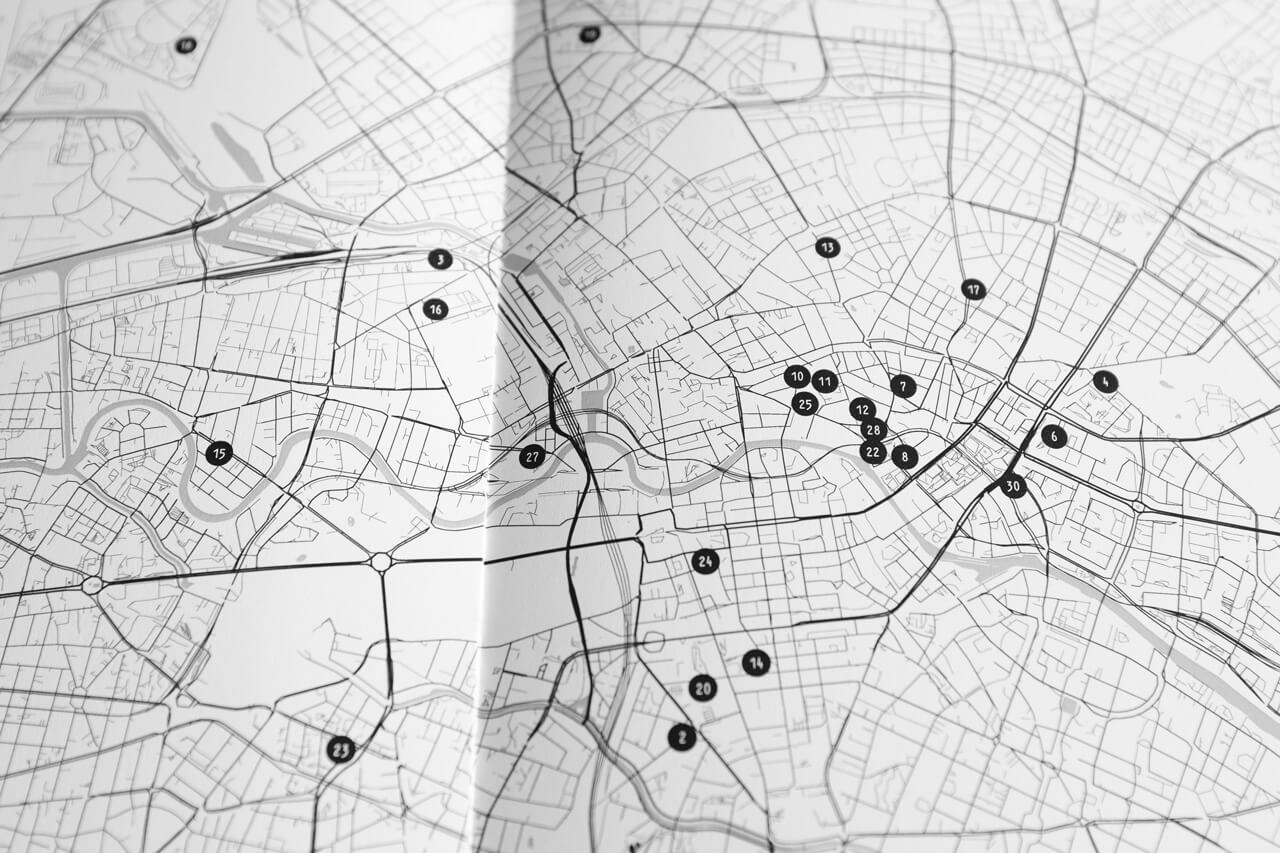Between 1941 and 1945, Berlin became a hub of deportation and persecution for its Jewish population. The Gestapo orchestrated a system of terror, with assembly camps, transport logistics, and bureaucratic coordination to systematically deport approximately 50,000 Jewish men, women, and children to ghettos, concentration camps, and extermination camps in Central and Eastern Europe. This photographic documentary project traces the journey of these victims, shedding light on the places where this tragedy unfolded: the train stations, the assembly camps, and the administrative offices.
This project seeks to preserve the memory of these sites and the stories they embody, ensuring that their history is never forgotten.
Railway stations
Berlin’s railway stations played a central role in the deportation of Jews. Sites such as Grunewald Station, Anhalter Bahnhof, and the freight station in Moabit became the final departure points for thousands of individuals. Forced onto trains—sometimes in passenger carriages but often in cattle wagons—they were transported to ghettos and camps, from which few ever returned. Today, traces of these stations stand as solemn memorials to the countless lives lost.
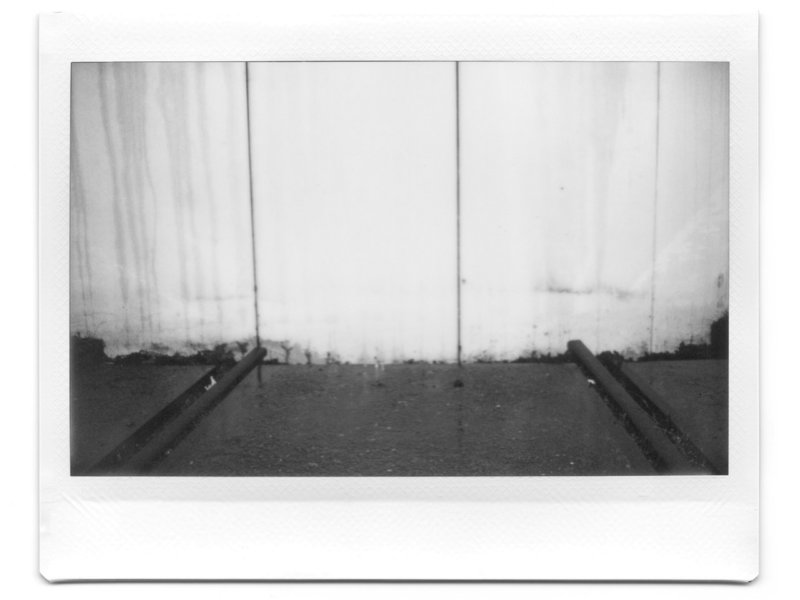
Quitzowstraße, Moabit freight station
Deportation station for 32,201 people, tracks 69, 81 and 82
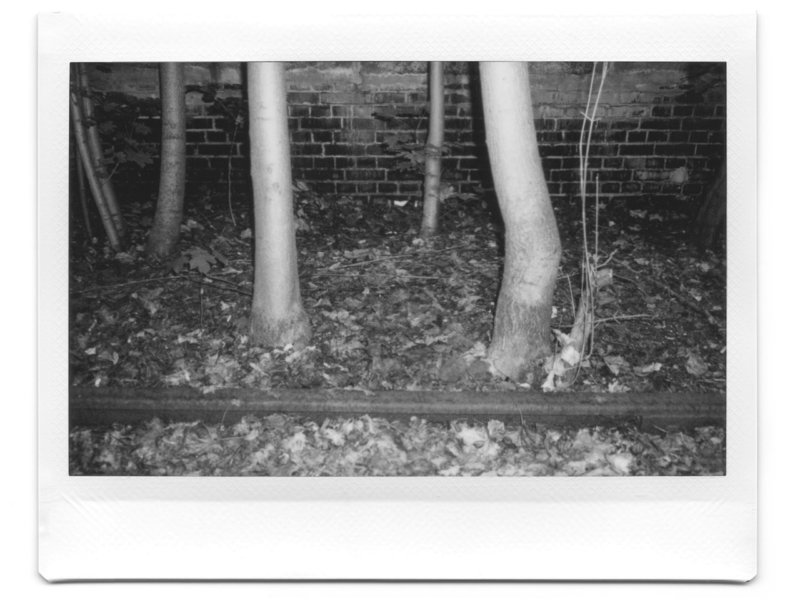
Am Bahnhof Grunewald, Grunewald
Deportation station for 10,137 people, track 17

Askanischer Platz, Anhalter Bahnhof, Kreuzberg
Deportation station for 9.655 Personen
Assembly camps
Assembly camps within Berlin were the last places victims stayed before deportation. These camps, including the Jewish Hospital in Wedding and the synagogue on Levetzowstraße, held individuals under appalling conditions. Stripped of their belongings and dignity, they awaited their transport to the unknown. The Gestapo utilised these camps to coordinate deportations, often situated in residential areas where life carried on as usual, oblivious or indifferent to the suffering nearby.
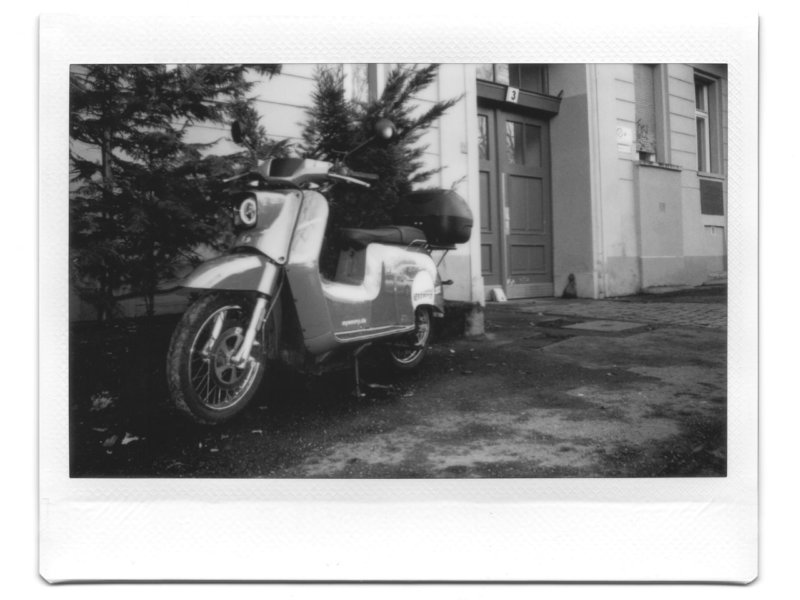
Friedenstraße 3, Friedrichshain
Emergency accommodation, retirement and nursing home and temporary assembly camp, 1942

Rosenstraße 2–4 Mitte
Administration building of the Jewish community and temporary assembly camp for 25 people living in ‘mixed marriages’, 1942
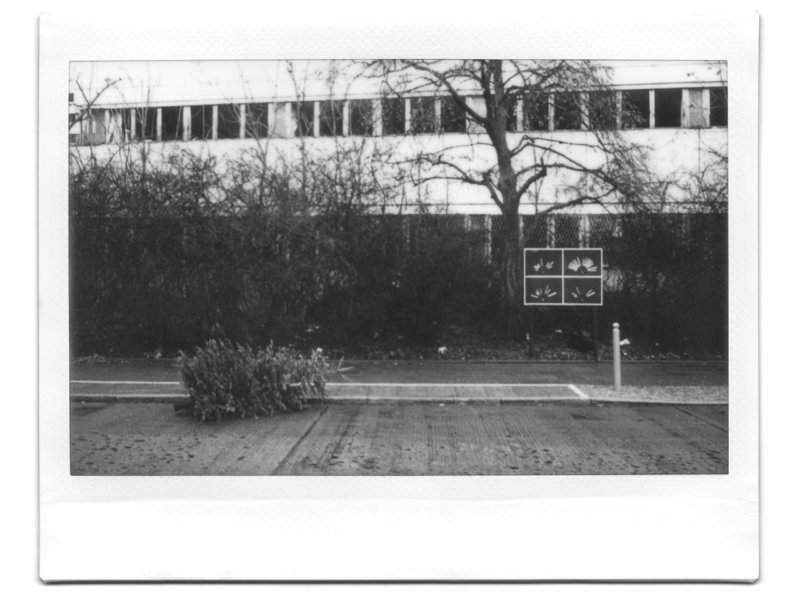
Gerlachstraße 18/21, Mitte
Old people’s home and temporary assembly camp for around 2,500 people, 1942 to 1943
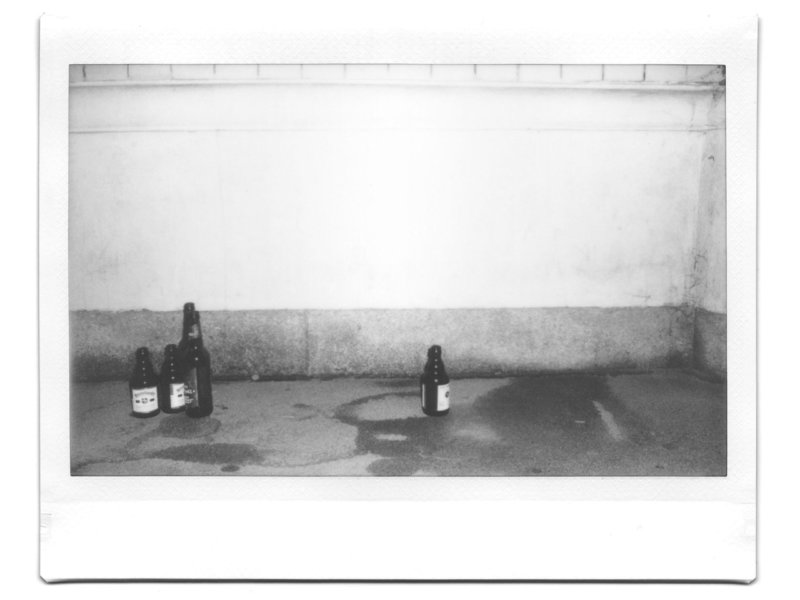
Zimmerstraße 90-92, Mitte
Clou concert hall, temporary assembly camp for 1,245 people, 1943

Feldzeugmeisterstraße, Moabit
Tattersall of the Rathenow barracks and temporary assembly camp for 1,023 people, 1943
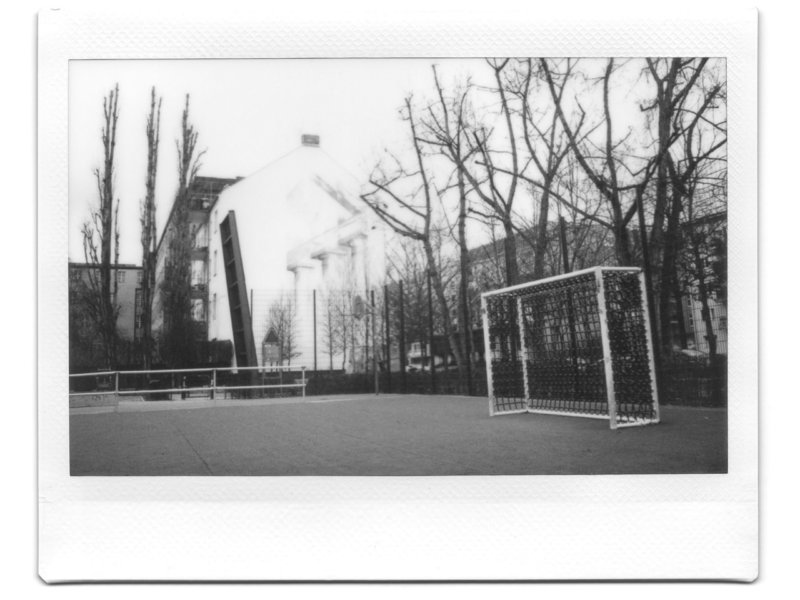
Levetzowstraße 7/8, Moabit
Synagogue and assembly camp for approx. 20,000 people, 1941 to 1942 and 1943
Administration
Behind the deportations was a meticulously organised bureaucracy. Offices such as the Gestapo headquarters in Kreuzberg and the SS Economic Administration Main Office in Lichterfelde managed the logistics of genocide. These institutions operated in close proximity to sites of suffering, their cold efficiency a chilling example of the Nazi regime’s systematic approach to annihilation.

Fontanepromenade 15, Kreuzberg
Central Office for Jews of the Berlin Labour Office
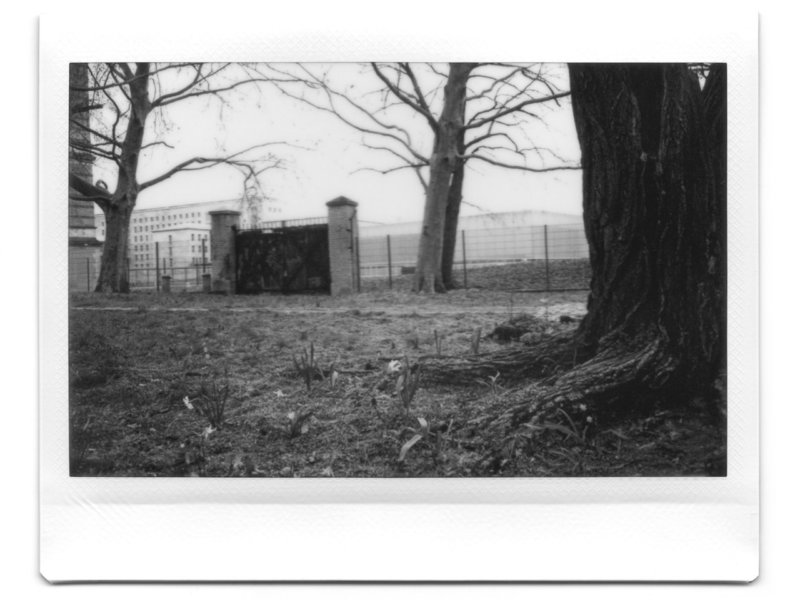
Prinz-Albrecht-Straße 8 (today Niederkirchnerstraße 8), Kreuzberg
Headquarters of the Secret State Police (Gestapo)
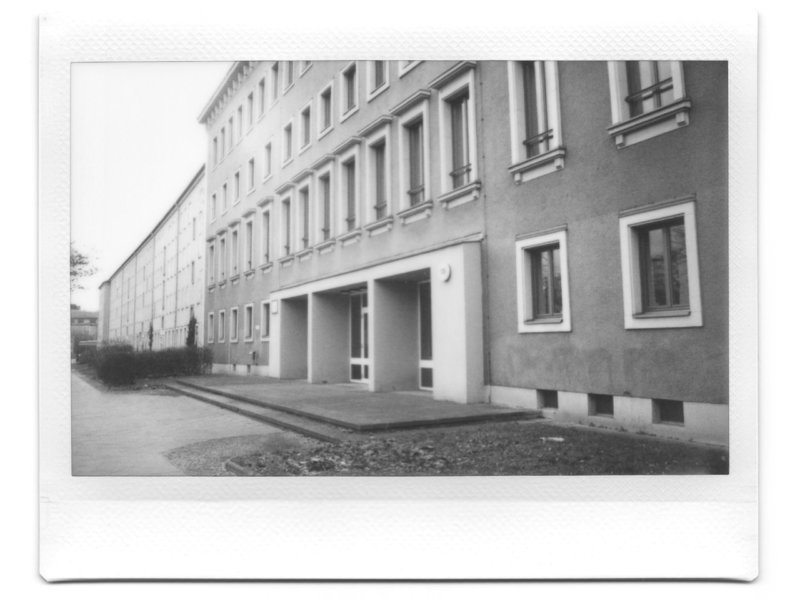
Unter den Eichen 135, Lichterfelde
SS Economic Administration Main Office
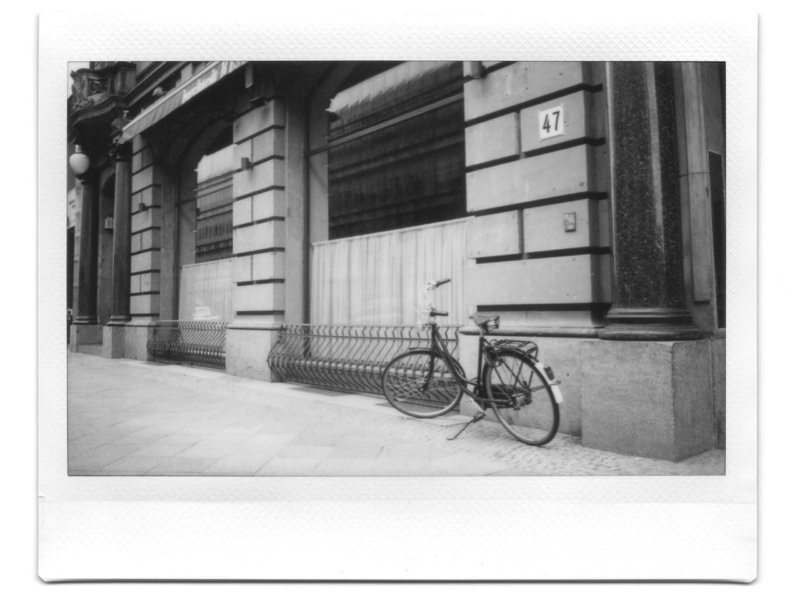
Französische Straße 47, Mitte
‘Jewish Department’ of the Berlin State Police Headquarters (from 1943)
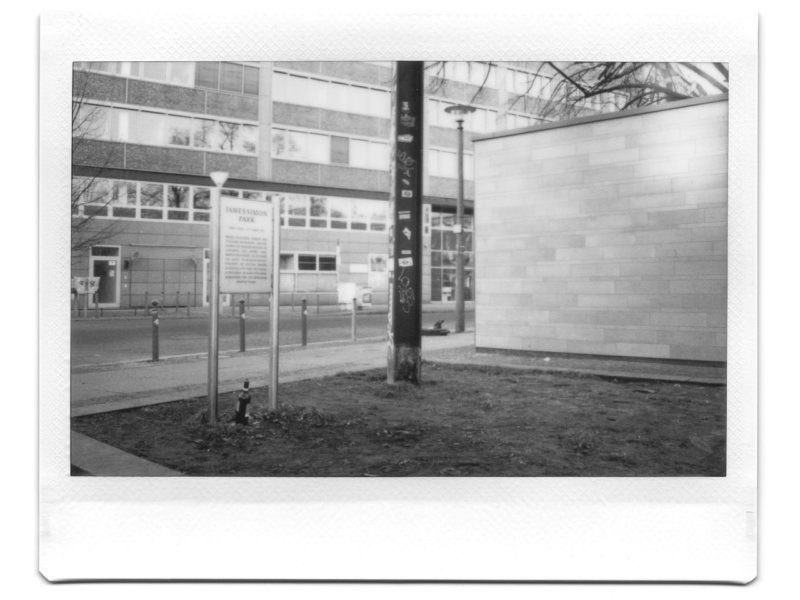
Burgstraße 28, Mitte
‘Jewish Department’ of the Berlin State Police Headquarters
